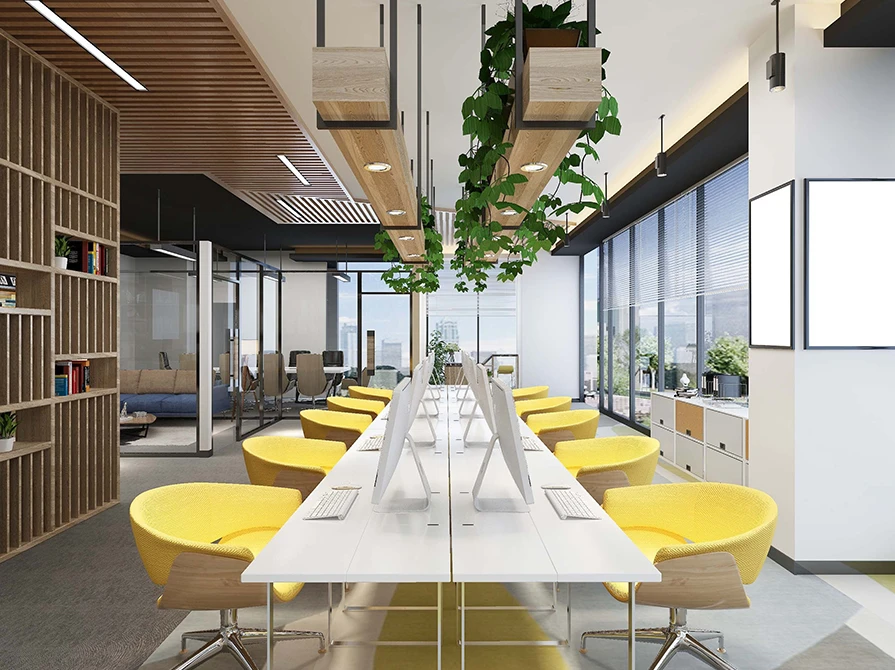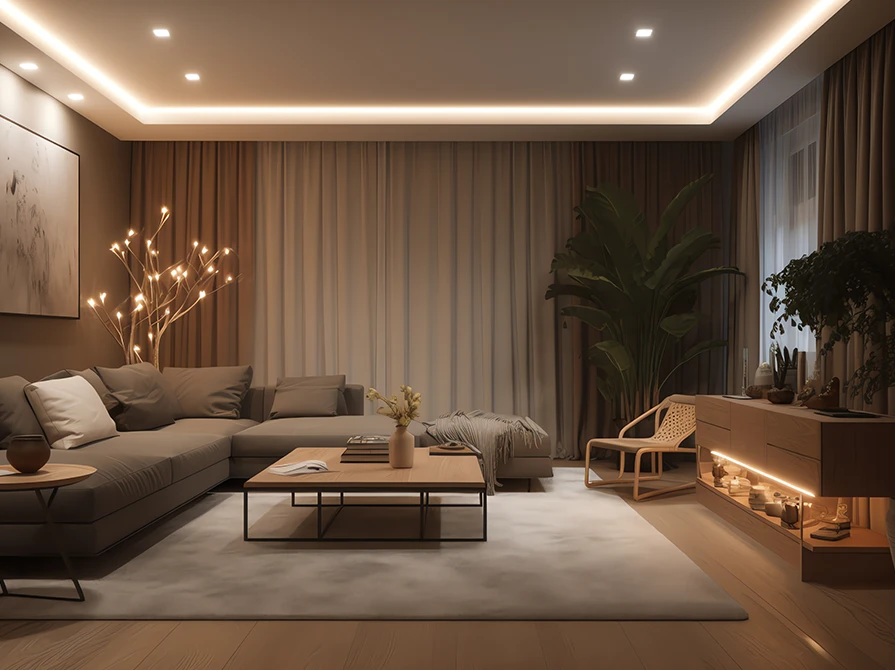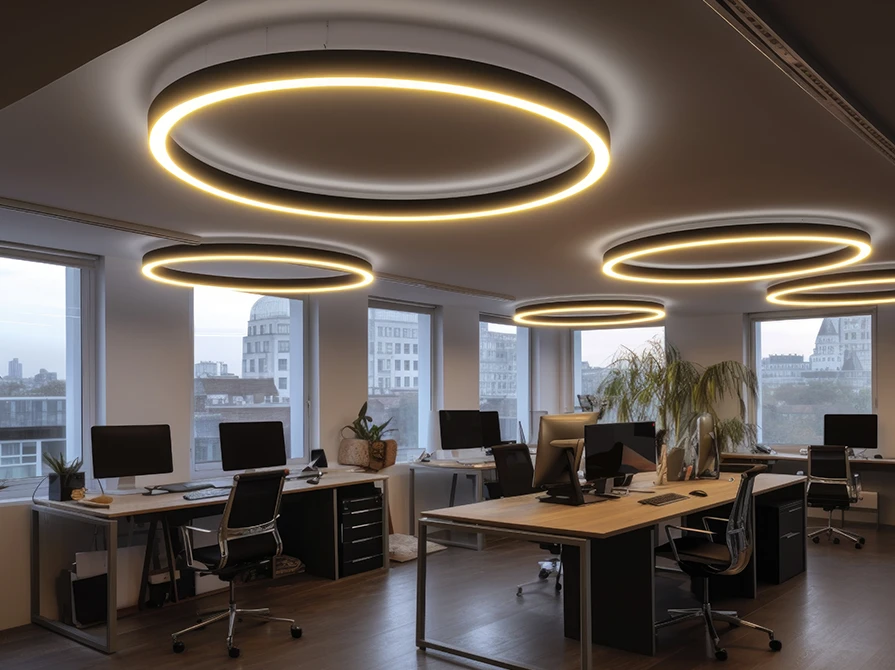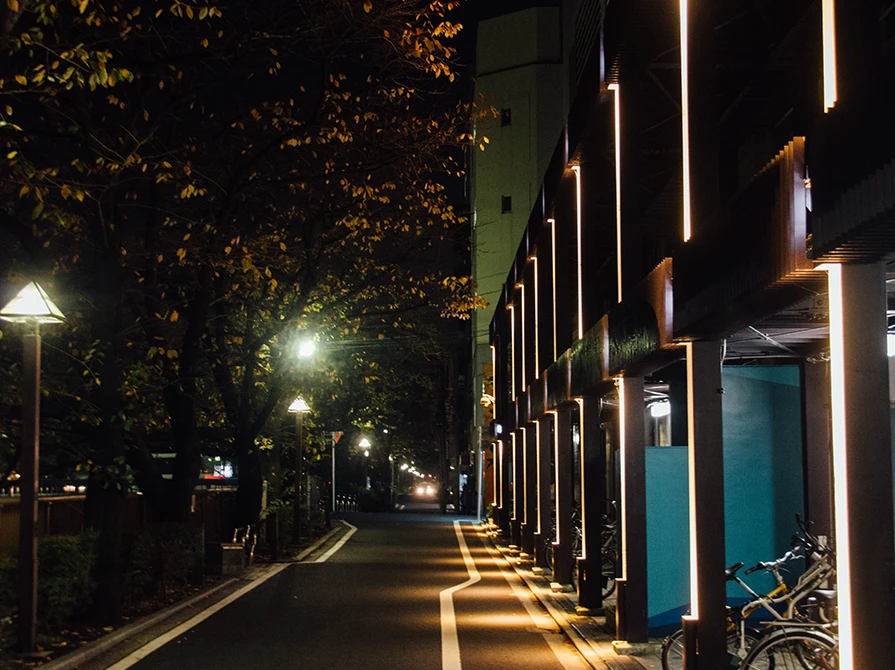

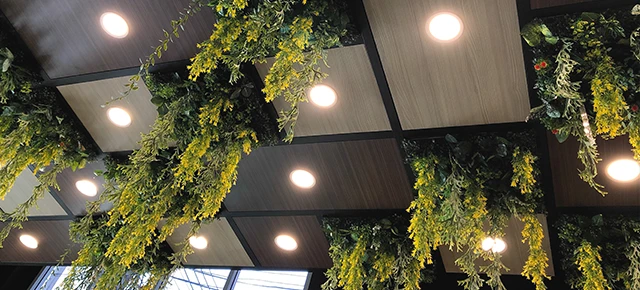
Biophilia means – a love of nature, and biophilic lighting is the concept that recreates the natural glow of the sun. This way of lighting has been embraced by interior designers for years. It improves the well-being and performance of people living in the indoor space that is designed with the biophilic lighting approach. This type of illumination option is designed to promote the psychological and physiological health of people because we spend around 90% of our day indoors. Lighting is an important element of biophilic design. Organic materials, designs and systems that provide brightness across the day to imitate the natural pattern of the sun and support circadian rhythms. Therefore, it is highly important to use proper indoor lighting systems that promote biophilic designs.
Furthermore, along with incorporating this lighting design in modern buildings, it is also crucial to keep improving them. Here are a few pointers to know the best ways of doing this.
-1644304303.jpg)
Studies have revealed that due to the incredible advantages of biophilic design this concept is gaining popularity rapidly. The Interventions mimic the natural systems and include nature are said to reduce stress, accelerate recovery from illness and boost creativity. Biophilic design in the workplace improves the health and well-being of people and aids financial benefits such as a decrease in the use of sick leave.
Maximizing the usage of natural light benefits people and helps in reducing electricity bills. But, biophilic interventions include natural light from diffusion to temporal changes. It is a type of lighting system that artificially or naturally keeps on changing throughout the day to imitate our circadian rhythm. It helps in connecting people to the outdoor environment and keeps them on track with the natural 24-hour cycle. Using more and more natural light and changes across the day also provide visual comfort.
It seems logically correct to keep the indoor environment constant like the temperature of a workplace. But it has been noticed that the performance of students has boosted in the spaces with variability in airflow and temperature. Stimulation in the airflow keeps people awake and also helps in boosting performance and focus naturally.
Application of biophilia for an indoor environment is an add-on of plant life in the interior space, it is just the first step. The human tendency to respond to natural processes is not new. For instance, peoples’ responses to biomorphic arrangements and patterns seen in nature, are desirable. We know that these patterns are non-living, but our brains link them with representations of living beings. This is done by using eco-friendly decorative indoor light fixtures, imitating natural lights, and planting plants indoors.
For promoting biophilic lighting designs, Wipro Lighting is offering numerous indoor lighting systems that are not only eco-friendly but are also technically advanced. These luminaires come with wireless connectivity, occupancy sensors, and other smart lighting features.
